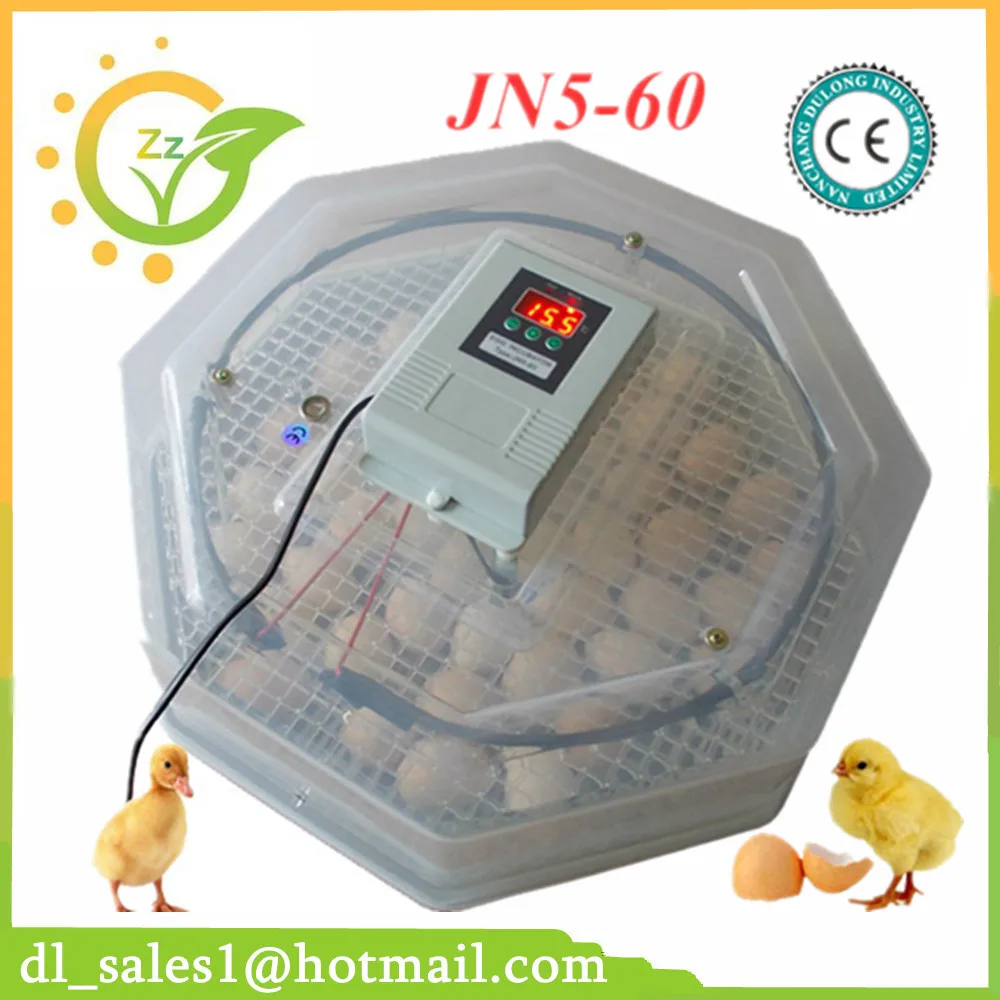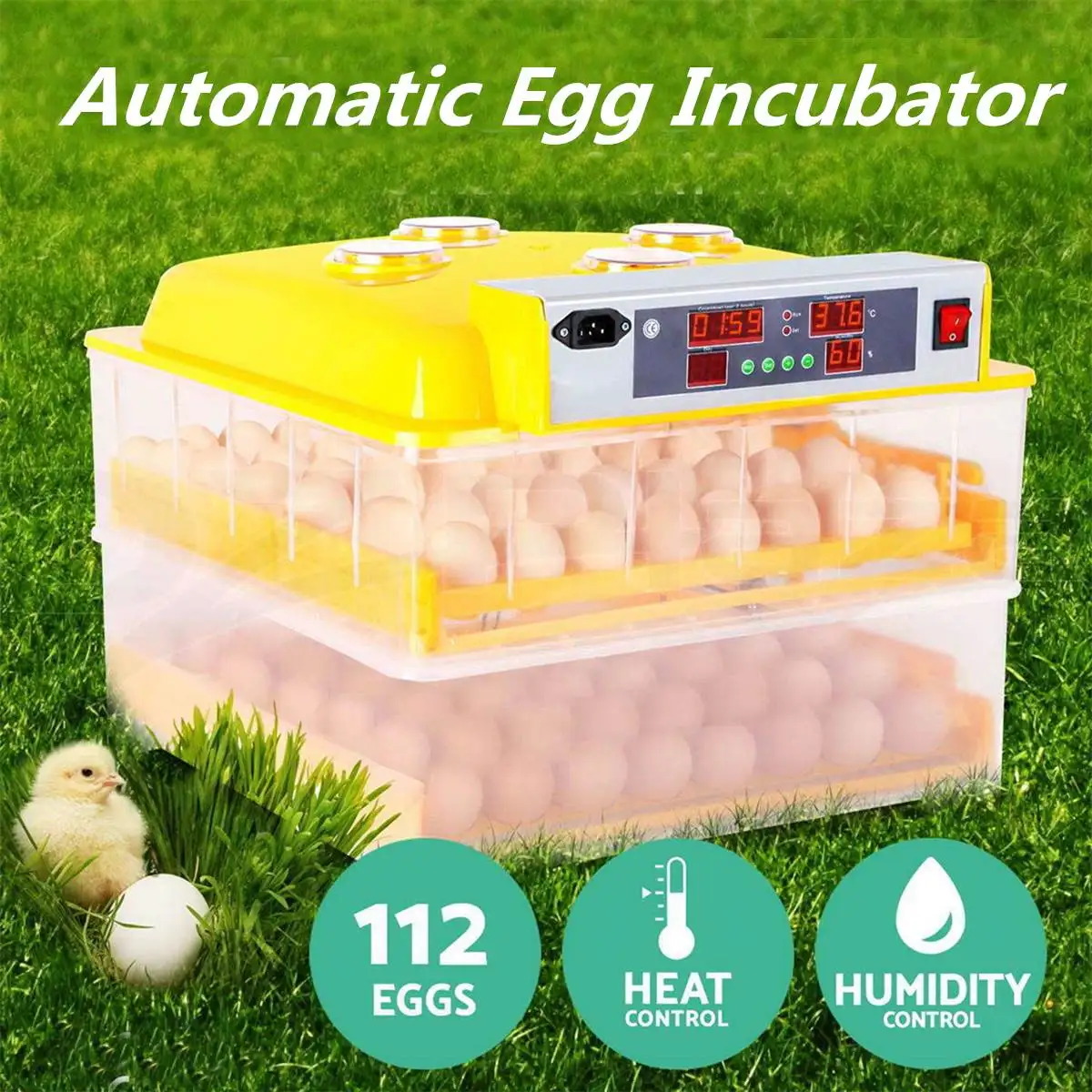

These have a sensor that goes inside the incubator with an LED screen on the outside that shows the temperature and humidity readings without having to open the incubator and ruin your carefully calibrated environment. If you’re not working with an incubator that has these instruments built in, opt for a combo thermometer/hygrometer with an external display. Low-end commercial incubators don’t amount to much more than this, but the more you pay, the more automated the temperature and humidity controls will be.Ī high-quality thermometer and hygrometer (a device to measure humidity) are the most important tools of incubation cheap models are usually not accurate enough. An adjustable heating pad or a light bulb on a dimmer switch will suffice for the heat source and a pan of water with a sponge in it will make the air humid. Homemade versions usually involve some sort of insulated box – a cheap Styrofoam cooler will do. Ventilation: Egg shells are porous, allowing oxygen to enter and carbon dioxide to exit incubators need to have holes or vents that allow fresh air to circulate so the fetuses can breathe. Humidity: 40 to 50 percent humidity must be maintained for the first 18 days 65 to 75 percent humidity is needed for the final days before hatching. Temperature: The eggs need to be kept at 99.5 degrees at all times just one degree higher or lower for a few hours can terminate the embryo. No matter how fancy or jerry-rigged, all incubators must accomplish a few basic things: You can also go the DIY route, which saves money, but is almost as much work as sitting on the eggs yourself. With top-of-the-line incubators, you put in an egg, close the door and out pops the chick three weeks later.

Have you hatched eggs yourself? Let us know what kind of incubators have worked for you and your flock.As Chaga Keeps Trending, Mycologists Worry About Running Outĭepending on how many eggs they accommodate and how automated they are, Incubators run from around $50 for the homesteader favorite ‘Hova-Bator’ into the thousands of dollars for commercial scale incubators. Proper temperature, humidity, and air circulation lead to a healthy group of chicks-and from there, it’s on to the chicken brooder as the newest members of your flock start their journeys to adulthood. Due to the controlled temperature and humidity limiting the natural flow of oxygen, incubators need ventilation systems to provide the eggs with plenty of fresh air.īy providing a warm and secure home for the eggs, incubators replicate the care a mother hen would normally give. The porous shells of the eggs breathe in oxygen and dispel carbon dioxide, so proper air circulation is a necessity for incubators. Like most living things, chicken eggs need fresh oxygen to grow and survive. It’s important to keep a close eye on the humidity levels in your incubator and make sure your water source doesn’t deplete and dry out the eggs. During the last few days before hatching, the eggs need higher levels of humidity than during the rest of the hatching period. The ideal level of humidity will change depending on the type of eggs you have as well as what stage of the hatching process you’re in. Even slight temperature changes that aren’t enough to kill the chick can negatively affect the hatch time and result in weak birds that are more prone to disease.Īlong with the temperature, incubators control the humidity so that the eggs don’t lose too much moisture. If you keep eggs at a temperature that’s too high or too low, the embryo inside will die. Chicken eggs are extremely sensitive to temperature, so an incubator keeps them safe by keeping them at the precise, ideal temperature: 99.5 degrees Fahrenheit. One of the most important aspects of how a chicken incubator works is temperature control. How does a chicken incubator work, and what does it need to keep the eggs healthy? Find out with this overview.

When this happens, farmers rely on incubators to see the eggs safely through the hatching process. Unfortunately, a mother hen isn’t always there to take care of her eggs, so the responsibility of safely hatching them falls to the farmers. From keeping them warm with her own body heat to adjusting them throughout the day so that they lay just right, a hen knows exactly what to do with her soon-to-be chicks. When a hen lays, cares for, and hatches her eggs, instinct tells her exactly what to do.


 0 kommentar(er)
0 kommentar(er)
